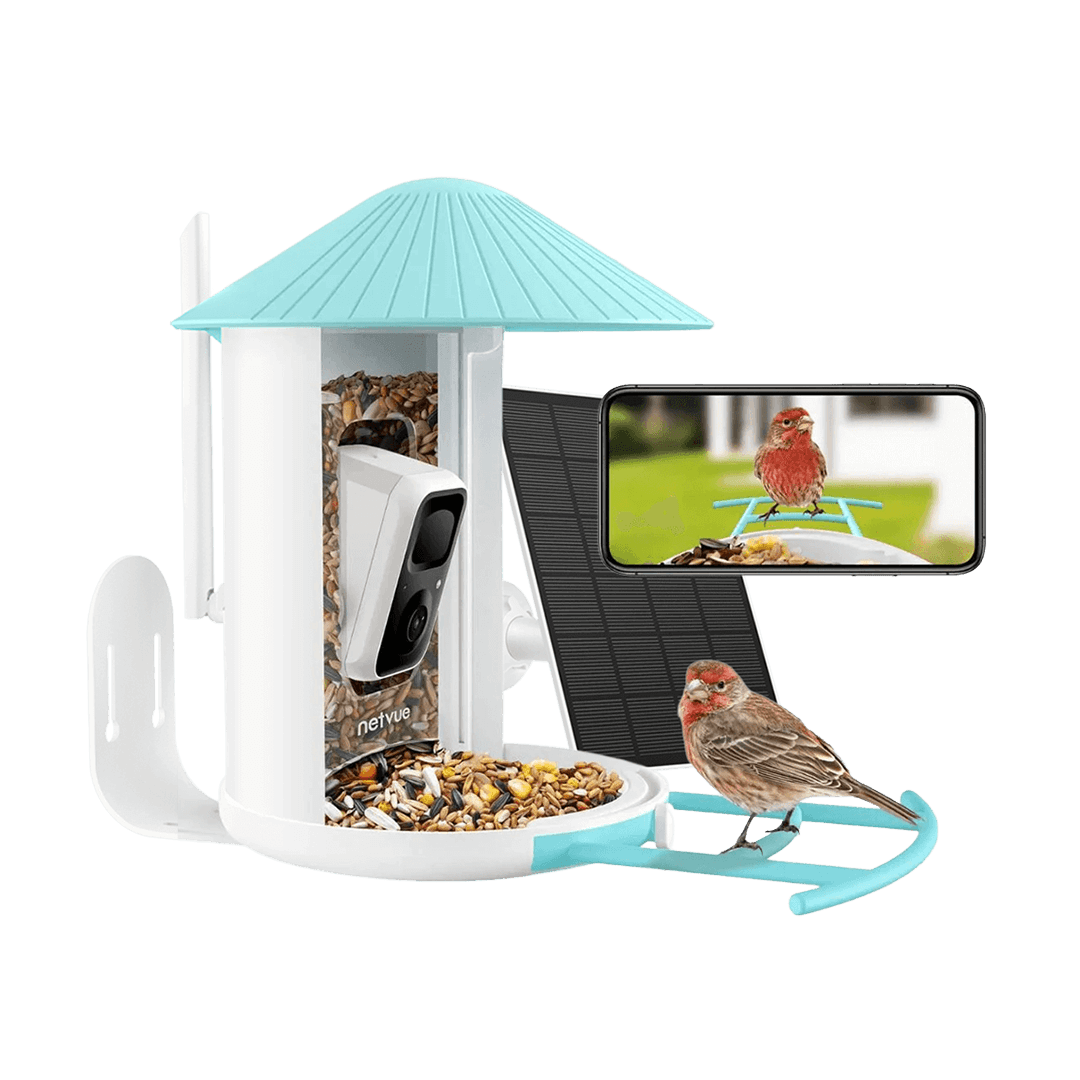Bird Introduction-European Robin
Bird Introduction-European Robin
The European robin, known simply as the robin or robin redbreast in Great Britain & Ireland, is a small insectivorous passerine bird that belongs to the chat subfamily of the Old World flycatcher family.
The male and female European Robin are similar in coloration, with an orange breast and face lined with grey, brown upper parts, and a whitish belly. The juvenile is very different, with bold pale buffy spotting on the back and breast. Found in a wide range of wooded habitats, including forests, gardens, hedges in farmland, and heathland, usually fairly near cover. Hops perkily on the ground, pausing to look around, often flicking its wings and cocking its tail.
The term robin is also applied to some birds in other families with red or orange breasts. These include the American robin, a thrush, and the Australasian robins of the family Petroicidae.
Scientific Name: Erithacus rubecula
Lifespan: 13 months (on average)
Size: 4.72-5.51 inches
Weight: 0.56-0.78 ounces
Wingspan: 8–8.5 inches
The robin occurs in Eurasia east to Western Siberia, south to Algeria, and on the Atlantic islands as far west as the Central Group of the Azores and Madeira. In the southeast, it reaches Iran the Caucasus range. Irish and British robins are largely resident but a small minority, usually female, migrate to southern Europe during winter, a few as far as Spain. Scandinavian and Russian robins migrate to Britain and western Europe to escape the harsher winters.
The continental European robins that migrate during winter prefer spruce woods in northern Europe, contrasting with its preference for parks and gardens in Great Britain.
Robins may choose a wide variety of sites for building a nest. In fact, anything which can offer some shelter, like a depression or hole, may be considered. As well as the usual crevices, or sheltered banks, other objects include pieces of machinery, barbecues, bicycle handlebars, bristles on upturned brooms, discarded kettles, watering cans, flower pots, and hats. Robins will also nest in manmade nest boxes, favoring a design with an open front placed.
Two or three clutches of five or six eggs are laid throughout the breeding season, which commences in March in Britain and Ireland. The eggs are cream, buff, or white speckled or blotched with a reddish-brown color, often more heavily so at the larger end.










